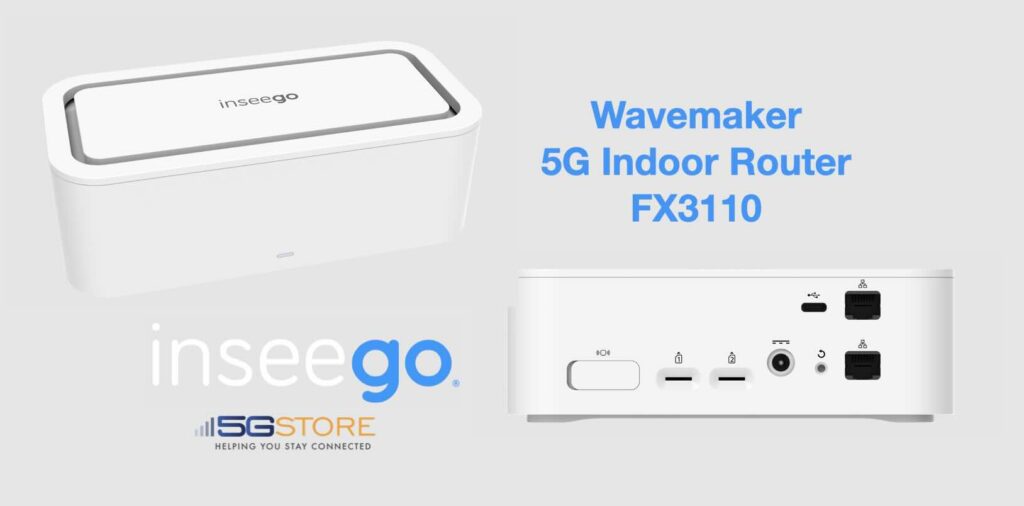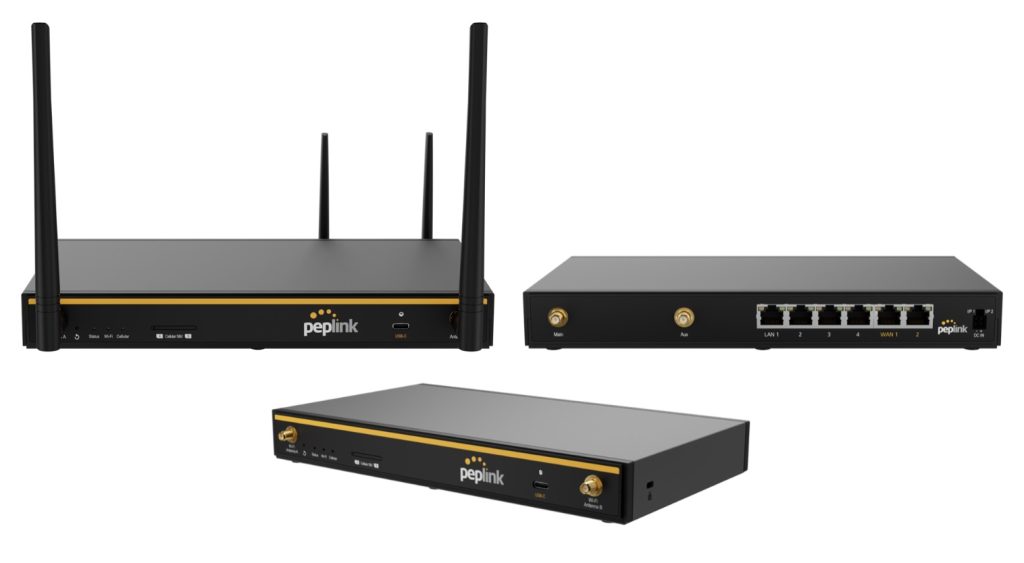WiFi has come a long way since its inception, and with the rise of connected devices, its evolution continues to be a critical component of modern networking. Each new version of WiFi has brought better performance, faster speeds, and improved connectivity. In this blog post, we’ll dive into the differences between WiFi 5, WiFi 6, […]
Tag: WiFi 6
5 Top Tips to Improve WiFi Performance: Best Practices for a Stable Network
Maintaining a stable and efficient WiFi network can sometimes feel like a challenge, especially with the increase in devices connected to the Internet today. By following best practices like leveraging multiple frequency bands, optimizing WiFi channels, setting up Quality of Service (QoS) rules, and keeping your firmware up to date, you can ensure a more […]
Introducing the Inseego FX3110 5G Router
We’re excited to announce the arrival of the Inseego FX3110, a cutting-edge 5G router designed to deliver fast, reliable, and flexible internet connectivity. Whether you’re looking to set up a failover solution or boost network reliability in demanding environments, the FX3110 offers several robust features to help meet your needs. Key Features of the Inseego […]
Introducing the Peplink B One Plus
We’re excited to announce the release of the Peplink B One Plus, a versatile router designed to meet the diverse connectivity needs of branch offices, retail stores, small businesses, and homes. Packed with advanced features and robust hardware, the B One Plus ensures seamless and powerful network performance, setting a new standard for reliability and […]
Order the Peplink B One at 5Gstore.com
Join us in welcoming the Peplink B One (B-ONE-T-PRM) to the 5Gstore.com line of products. The Peplink B One is a powerful networking solution in a small, unassuming package. We are thrilled to announce this SOHO router is now in stock and ready to ship! The Peplink B One is a true powerhouse, seamlessly combining […]
Peplink B One
As technology continues to evolve, so does the Peplink product line of routers. The Peplink B One (B-ONE-T-PRM) has just emerged and is already showing off to be a powerhouse. It seamlessly combines the best features of Peplink’s renowned Pepwave Surf SOHO and Peplink Balance 20 routers. The Surf SOHO MK3 in particular was one […]
Digi TX40
The need for reliable, high-speed internet on the go has become paramount. Enter the Digi TX40, a cutting-edge router that not only fulfills these requirements but also raises the bar for in-vehicle networking solutions. With a plethora of features tailored to meet the demands of modern businesses and government agencies, this device proves to be […]
What Kind of WiFi Do I Need?
WiFi technology has revolutionized the way we connect to the internet. It allows us to access the internet wirelessly and eliminates the need for cumbersome cables. It was first developed in the 1990s and has since become a ubiquitous technology, with most modern smartphones, laptops, and other devices equipped with WiFi capabilities. WiFi networks typically […]
T-Mobile Certifies the Sierra Wireless XR Series Routers on the 5G Network
Sierra Wireless, a world leading IoT solutions provider, announced today that its AirLink® XR Series cellular routers architected for 5G performance, are certified to operate on T-Mobile’s 5G network – the largest, fastest and most reliable in the United States. This includes the models XR80 and XR90. The supercharged AirLink XR90 is purpose-built for public […]






